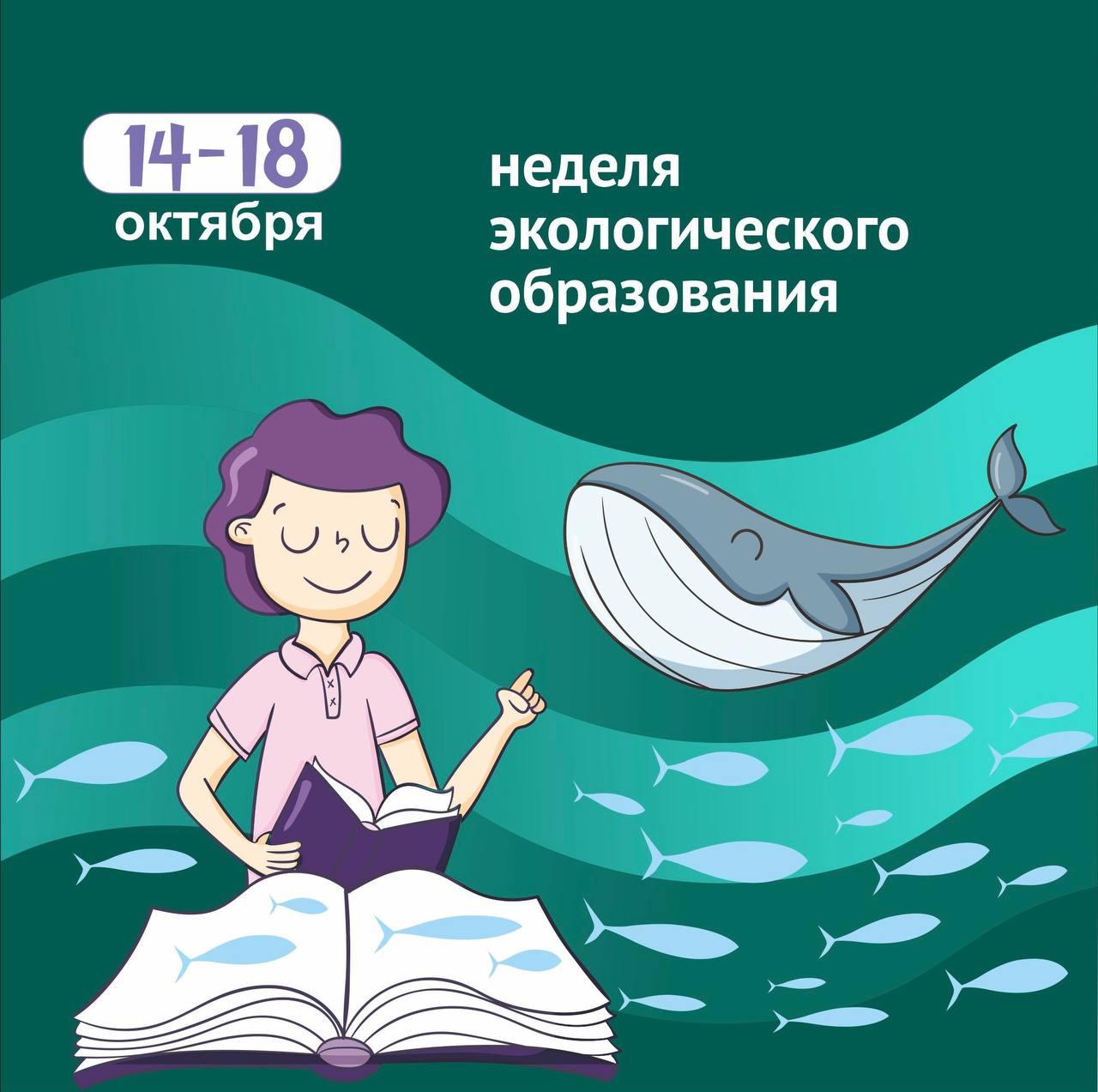A presentation of the Primorsky Aquarium about transferring five large kaluga sturgeon to a fish hatchery in Khabarovsk Krai to be used for the restoration of wild sturgeon population has attracted lively interest at the 12th International Aquarium Congress (IAC). The Congress took place in Guadalajara (Mexico) on October 27–31, 2024. This event brings together directors, managers, and devoted professionals from aquariums and top companies operating in the global aquarium market. The Primorsky Aquarium–Branch of the NSCMB FEB RAS (National Scientific Center of Marine Biology, Far Eastern Branch, Russian Academy of Sciences) has become the only aquarium representing Russian Federation at this major event.

During four days of the Congress, speakers shared their experience in husbandry and breeding of aquatic organisms, in creating the best possible conditions for them, discussed problems of conservation and restoration of wild populations, as well as explored new trends in environmental education and visitor services.
“The Primorsky Aquarium is one of the ten largest public aquariums in the world. We substantially contribute to the conservation of the world ocean resources, and thus it is very important for us to take part in this global event,” says Olga Shevchenko, Director of the Primorsky Aquarium. “For the first time in its history, the International Aquarium Congress took place in Latin America so we had a unique opportunity to discover the accomplishments of our South American colleagues in animal care and education. The central venue was the Michin Aquarium in Guadalajara. It opened in 2017, just six months after the Primorsky Aquarium, and we could compare the species on display, the welfare of animals, and the guest satisfaction. As for the efforts of our two aquariums in raising public awareness of aquatic conservation issues and promoting environmental education for kids and adults, we were happy to see that we have been doing this work at the same high level.
I would underscore the global trend in the work of large aquariums to enhance their contribution to wildlife preservation, to create programs supporting conservation and restoration of rare local species. Today, the world community is more and more perceiving aquariums as places that foster public awareness of the importance, value and sensitivity of the World Ocean and its inhabitants.”

Aquarium curator Andrei Telegin gave his presentation on the first day of the forum. He told the aquarium community about a challenging operation that was undertaken by the Primorsky Aquarium’s keepers to move five large kaluga sturgeon to the Anyuy fish hatchery in Khabarovsk Krai in late May to early April this year. The kaluga sturgeon were to be used for the restoration of wild Amur River populations. There had been no experience in Russia before in transporting such heavy fish, weighing almost 200 kg each, over such a long distance, nearly 1000 km. The audience was fascinated by the presentation as the technical solutions used in the operation appeared to be smart and innovative. “It is the fifth Congress I’ve taken part in,” said Andrei Telegin. “Despite all these advancements in technology, nothing can replace in-person communication. Administrative and executive staff members from aquariums and aquarium industry come to these forums from everywhere to share their achievements and to learn from each other. This time, the event was held too far from Russia, and only the Primorsky Aquarium represented our country. I’m going to speak about this most important gathering at aquarium conferences in Russia and I hope that a larger number of Russian citizens will be able to come to the next IAC, which will take place in China in three years.”
Among the main goals of the IAC are: to promote technology and expertise exchange among aquariums; to establish coordinated environmental education programs; and to collaborate in the programs and initiatives aiming to protect endangered species. It is not surprising that the Mexican axolotl Ambystoma mexicanum has become the mascot of the IAC-2024. This animal has an incredible ability to regenerate some of its limbs or organs when it loses them. The organizers of the Congress believe that, the same as the axolotl regenerates its lost limbs, aquariums of the world can join their efforts to regenerate life on our planet by implementing urgent actions together.

The first International Aquarium Congress was organized in 1960 in Monaco. Starting from 1996, this event has been conducted in many countries every two to four years. It brings together leaders and experts from public aquariums, engineering and design companies, producers of aquarium equipment, fish feed, and veterinary medicines, as well as scientists from all over the world. The next IAC will be held in Wuhan, China, in 2027.





